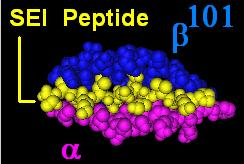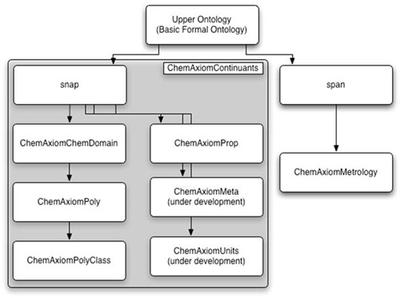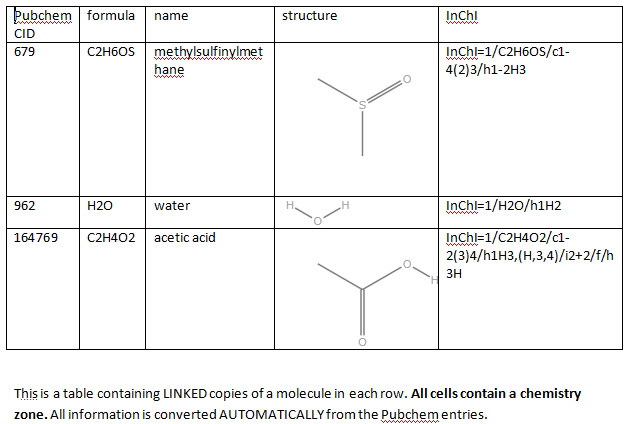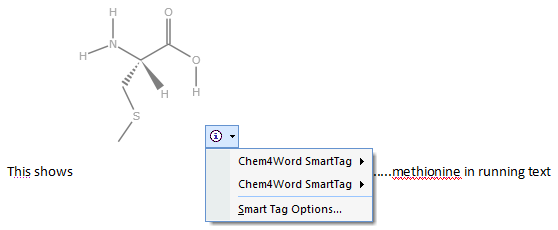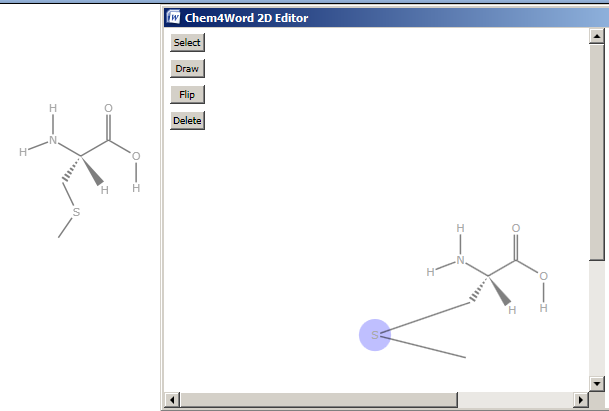From La Quadrature Du Net it looks like this is the last chance to save the neutrality of the Net in Europe (if you understand this more than me please add enlightenment):
Threats to citizens’ basic rights and freedoms and to the neutrality of Internet could be voted without any safeguard in the EU legislation regarding electronic communication networks (Paris, May 4 2009 – Telecoms Package). EU citizens have two days to call all Members of the European Parliament (MEPs) to ask them to vote for the “Citizens’ Rights Amendments”, in the second reading of the Telecoms Package. These amendments include all the safeguards that were removed in the “compromise amendments”, as well as provisions protecting against “net discrimination” practices and filtering of content.
And
Telecoms Package: When rapporteurs betray EU citizens.
On both parts of the Telecoms Package, rapported by Malcolm Harbour (IMCO report) and Catherine Trautmann (ITRE report), agreements have been found with the Council of the EU to destroy or neutralize major protections of the citizens against graduated response, “net discrimination” and filtering of content on the Internet. There is little time left, but the Parliament has a last chance with the plenary vote on May 6th to reaffirm its commitment to protecting EU citizens.
I have written to my MEP again. I didn’t hear back the first time.
It is no surprise that the average European is disillusioned with the political process. The report was produced by 2 “rapporteurs” of whom one (Malcolm Harbour) has the Wikipedia entry:
Views on software patents
Malcolm is well known for his controversial pro-software patent views. He was one of the most outspoken supporters of the EU software patents directive until its ultimate rejection by the European Parliament in July 2005. He has been characterised as a software patent extremist, since he favours permitting Program Claims, a view not shared by most other supporters of software patents.
Within the European Parliament, he is associated with the Campaign for Creativity, a pro-software patent lobbyist group, in part because of unsolicited email sent from his address on behalf of that group.
Oh dear.
I wonder about his track record… let’s try FFII (http://eupat.ffii.org/players/mharbour/index.en.html)
Malcolm Harbour, Member of the European Parliament, UK Conservative, has been an active and forceful promoter of software and business method patents in Europe, all while pretending that he was “only closing loopholes in the current law so as to avoid US-style broad patentability” and that claims to the contrary came from “misguided lobbyists in the European Parliament”. Harbour vigorously promoted program claims and opposed all amendment proposals, including those approved in CULT and ITRE, which put any limits on what can be patented. Patent lobbyists have great confidence in “Malcolm”. Some write letters to MEPs telling them to look out for Harbour’s amendment proposals and to support them as soon as they come out. Harbour, until recently an automobile industry manager at Rover, speaks in a very self-confident manner which gives many of his listeners, including MEPs from other countries and other parties, the impression that he is in power and they can rely on him and follow him.
…
Looking at Harbour’s contributions to the discussions, it seems that Harbour has difficulty understanding how any process running on a computer (or, his favorite example, a mobile phone) could be unpatentable subject matter. He combines this lack of understanding with a deep trust for “IP experts” speaking in the name of large companies and industry associations. A trust which is has been reciprocated and nurtured for a while already.
So this is Britain’s contribution to judging the values of Net freedom. The other rapporteur is http://en.wikipedia.org/wiki/Catherine_Trautmann
who is a Socialist…
So what hope do I have in writing to my MEP? I have also rung his answer phone…
Maybe the story continues…
